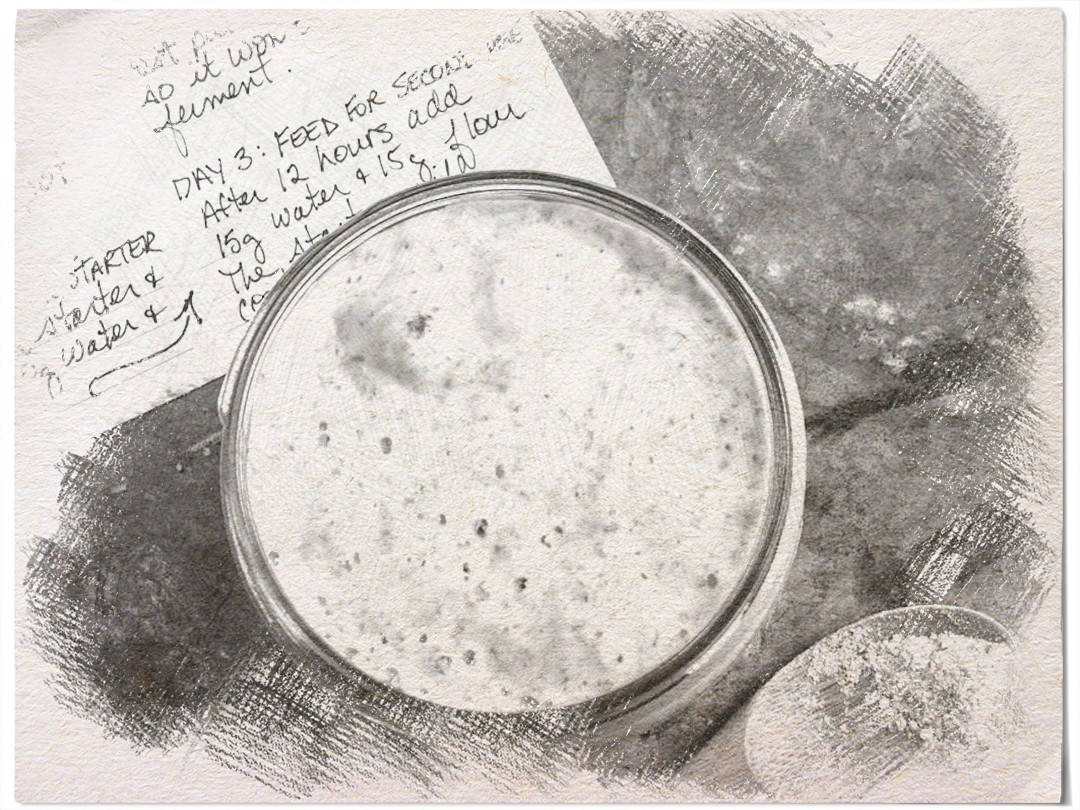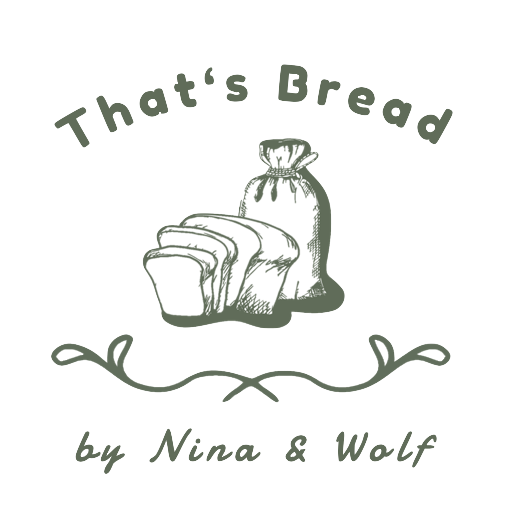A bit about Sourdough

What is it actually? Sourdough as a leavening agent has been around for thousands of years. Think back when the first time bread was made – around 30,000 years ago (according to some research) we were pounding starchy seeds and plants into powder to make dough from it and leavened it by natural means.
Airborne yeast strains are responsible to make sourdough. That was then and still is this way today. Early on we were also using barm, the scummy froth forming on top of fermenting beer to leaven our bread. Nowadays most bread is made either with industrially produced yeast or even baking powder.
Sourdough is having a comeback for many reasons. Here are some of them:
- Rye flour cannot be fermented without using sourdough – it just doesn’t have enough gluten.
- Sourdough is easy to make by yourself and keeps well
- Eating Sourdough is healthy and sourdough bread is easier to digest
- Sourdough bread keeps longer and is resisting fungal attacks
- Sourdough based breads have more flavour
There are a variety of sourdough types made by using different flours. Mostly though, sourdough is made by using rye flour, wheat flour and spelt flour.
We have a starter recipe for you on this website that outlines how you can make your own sourdough – all natural and without any chemicals or artificial stuff. Keep in mind though, you can make bread by using nothing else other than sourdough, but your sourdough has to be strong enough to give your bread the necessary lift and a great crumb. If your sourdough is still young, you may need to add some bakers yeast (dry or fresh) in order to get a nice big loaf with lots of texture.
A little piece of advice we’ve learned from the Master Bakers that showed us the ropes – give your sourdough a name; it makes it more personal – you will keep looking after it like a member of your family.
